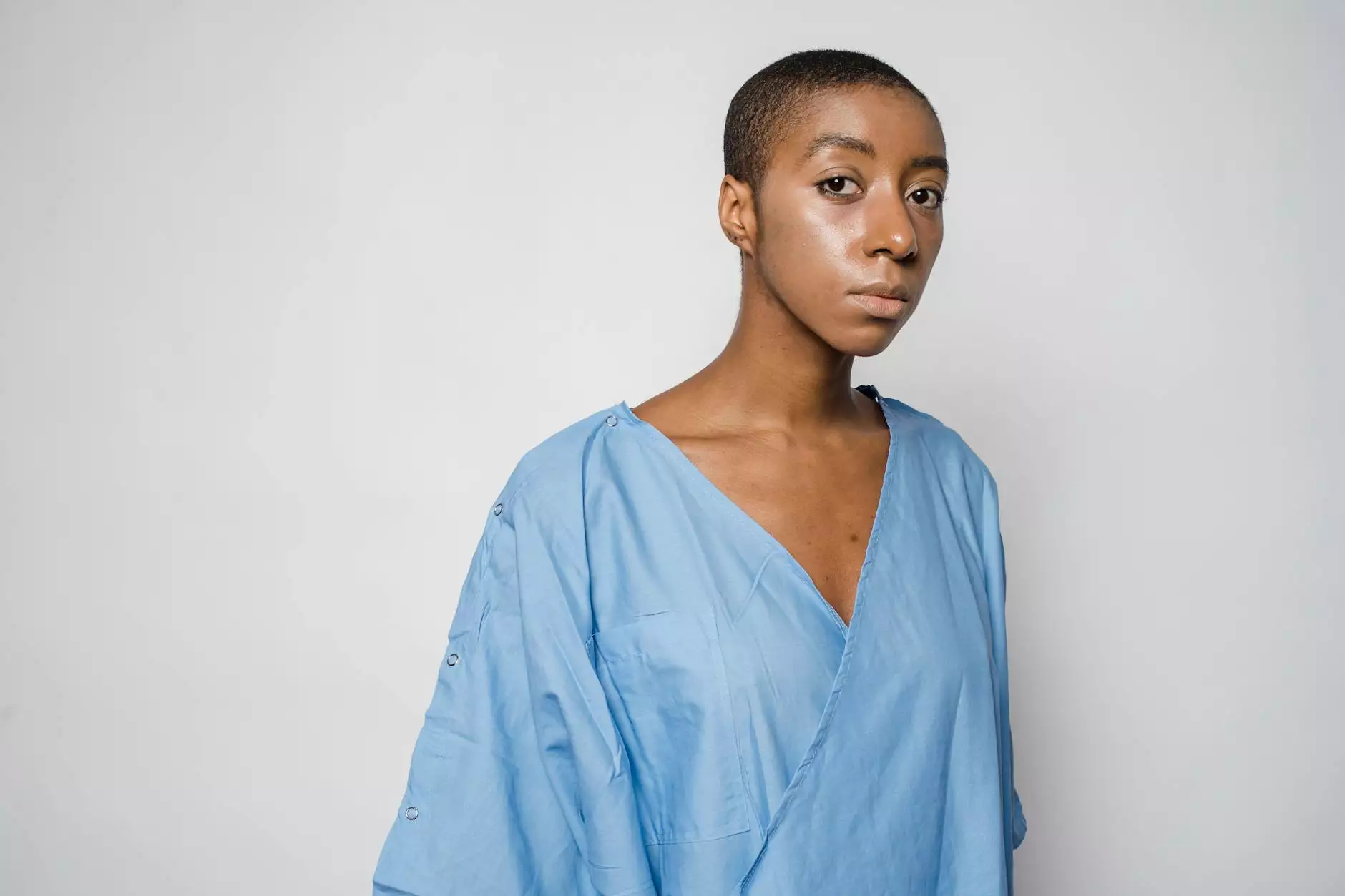What You Can Do About Your Receding Hairline

Understanding Receding Hairlines
A receding hairline is a common concern for many individuals, causing self-consciousness and frustration. It occurs when the hairline gradually starts to move backward, leaving a more prominent forehead. While it's most commonly associated with aging, receding hairlines can affect individuals of all ages and genders.
At Smith, Arthur F, MD, we understand the impact of a receding hairline on one's self-esteem and overall well-being. Our team of experts specializes in treating hair loss and helping individuals regain confidence in their appearance.
Causes of Receding Hairlines
Various factors contribute to the development of a receding hairline. Understanding these causes can help in determining the most effective treatment approach:
- Genetics: One of the primary factors behind receding hairlines is genetic predisposition. If you have close family members who suffer from hair loss, there is a higher likelihood of having a receding hairline.
- Hormonal Changes: Hormonal imbalances, such as those occurring during pregnancy or menopause, can contribute to hair loss and a receding hairline.
- Stress and Lifestyle: Chronic stress, inadequate nutrition, and unhealthy lifestyle choices can impact hair health and lead to hairline recession.
- Medical Conditions: Certain underlying medical conditions, such as thyroid disorders and autoimmune diseases, can also result in hair loss and a receding hairline.
Treatment Options for Receding Hairlines
When it comes to addressing a receding hairline, there are several effective treatment options available:
1. Hair Transplantation
Hair transplantation is a popular and highly successful method for restoring a receding hairline. It involves removing healthy hair follicles from the donor area and implanting them into the thinning or balding areas. Dr. Arthur F Smith specializes in advanced hair transplant techniques, providing natural-looking and long-lasting results.
2. Medications
Prescription medications such as minoxidil and finasteride have shown positive results in slowing down hair loss and promoting hair regrowth. These medications are often used in combination with other treatments to enhance their effectiveness.
3. Platelet-Rich Plasma (PRP) Therapy
PRP therapy is a non-surgical treatment option that utilizes the patient's own platelet-rich plasma to stimulate hair growth. The platelets are injected into the scalp, promoting hair regrowth and improving hair density.
4. Low-Level Laser Therapy (LLLT)
LLLT involves using low-energy lasers to stimulate hair follicles, increasing blood flow to the scalp and promoting hair regrowth. This painless and non-invasive procedure can be done in a clinical setting or even at home, depending on the specific device used.
Prevention and Maintenance
While treating a receding hairline is crucial, preventive measures and hair maintenance can help slow down hair loss and maintain healthy hair:
- Follow a Balanced Diet: Consuming a healthy diet rich in vitamins, minerals, and essential nutrients can contribute to overall hair health and reduce the risk of a receding hairline.
- Manage Stress: Implement stress management techniques such as exercise, meditation, and adequate sleep to minimize the impact of stress on hair growth.
- Avoid Harsh Treatments: Limit the use of heat styling tools, chemical treatments, and tight hairstyles that can cause damage to the hair follicles.
- Be Gentle with Hair: Avoid excessive brushing, pulling, or tugging on the hair, as it can weaken the hair strands and contribute to hair loss.
Consultation with Smith, Arthur F, MD
If you're concerned about your receding hairline and would like expert guidance and personalized treatment options, schedule a consultation with Smith, Arthur F, MD. Our team of experienced professionals will evaluate your condition and recommend the most suitable approach to address your individual hair loss concerns.
Don't let a receding hairline hold you back from feeling confident and comfortable in your own skin. Reach out to Smith, Arthur F, MD today and take the first step towards reclaiming a fuller, more vibrant head of hair.










